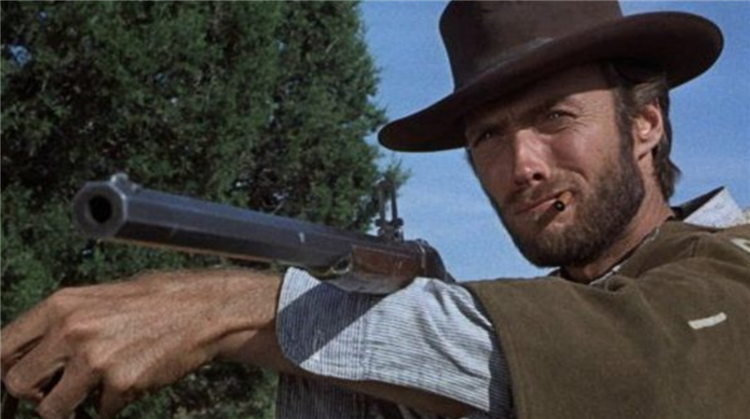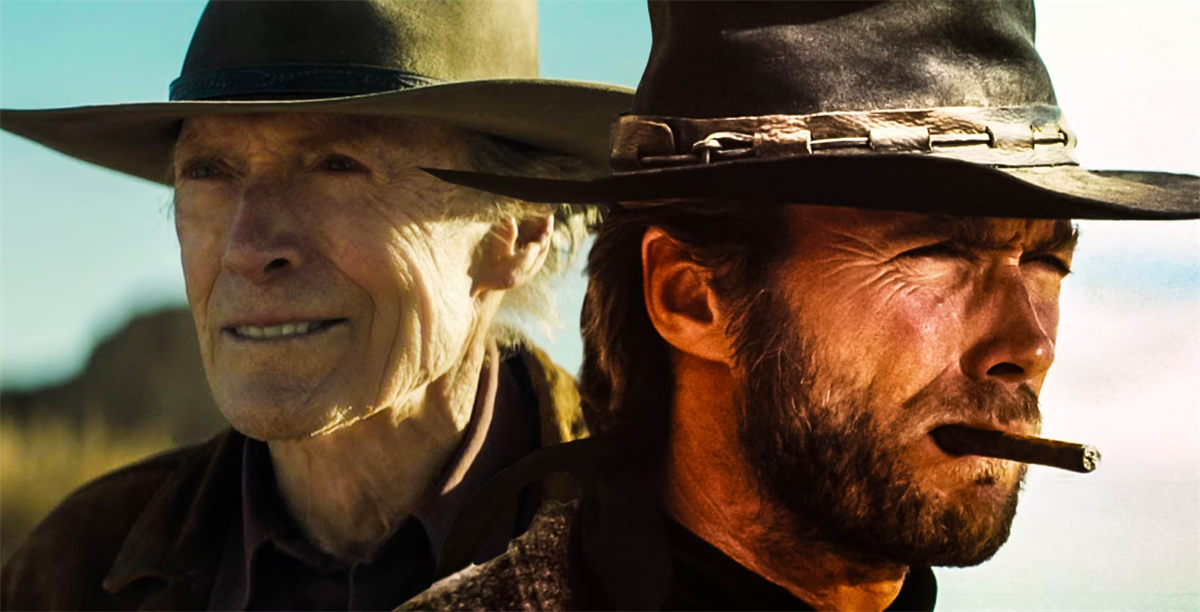Actor Clint Eastwood’s 1966 movie The Good, the Bad, and the Ugly is widely considered as one of the best films in his filmography. This iconic film was marketed as the third and final installment in the Dollars Trilogy, after A Fistful of Dollars and For a Few Dollars More. Directed by the legendary director Sergio Leone, The Good, the Bad, and the Ugly is a timeless classic that has left an indelible mark on the world of film.
The movie was well-received by the audience, making Eastwood a household name, however, there were some factual errors in the film that infuriated this historian Garry Adelman. Adelman is the author, co-author, or editor of more than thirty books and articles about the Civil War.
A historian pointed out the issues in Clint Eastwood’s 1966 movie The Good, the Bad and the Ugly

Recently, Civil War historian, Garry Adelman, appeared for an interview with Insider to rate 9 Civil War battles in Hollywood movies. One of them was Sergio Leone’s iconic 1966 movie The Good, the Bad and the Ugly, featuring actor Clint Eastwood. While some see it as a masterpiece, Adelman has some issues with it,
“What stands out is the Gatl ing gun. The Gatling gun was around during the Civil War, but it was not used in 1862. It was also not used in New Mexico, where this is really set. You can count on two hands the number of Gatling guns that were actually used in the Civil War, and those used would have been barely at Petersburg and occasionally on Union Naval vessels.”
In the community, Garry Adelman is widely considered a very knowledgeable and enthusiastic person who is always ready to share everything he knows about the Civil War. He is the author, co-author, or editor of more than thirty books and articles concerning the Civil War.
The historian says some parts of the movie felt like it was set in the medieval period

Further in the interview, Adelman explained that the film’s idea of putting hundreds of troops on each side who are all set to fight in the middle felt like it came from a medieval period,
“There weren’t 800 soldiers on each side at the Battle of Glorietta Pass going over a 300-yard sort of meeting in the middle. That sounds more like medieval days than the Civil War.”
The historian also praised certain parts of the film like the Civil War soldiers “wiring” bridges and mortar positions. In the end, Adelman rated it a 2 out of 10. Despite some factual errors, The Good, the Bad, and the Ugly is still widely considered as one of the most influential films of all time.
